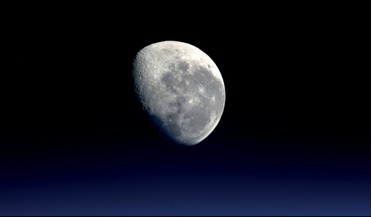 September 2016
Transforming US space policy
September 2016
Transforming US space policy
... Earth orbit will continue to grow due to collisions, even if nothing new is launched. Catastrophic collisions such as Iridium 33-Cosmos 2251 will occur every five to nine years. Each such collision will create thousands of pieces of debris...
 April 2017
Mega-challenges for mega-constellations
April 2017
Mega-challenges for mega-constellations
... capability to perform manoeuvres and the fact that most of these missions occur in low altitude orbits (e.g. Cosmos-type Earth observation satellites). The operating altitudes now selected by most of the megaconstellations correspond to quasieternal...
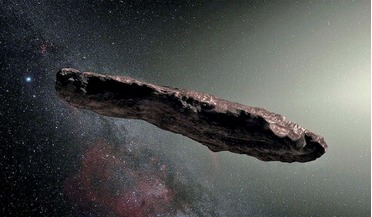 June 2018
Cosmic communications and the anthropology of outer space
June 2018
Cosmic communications and the anthropology of outer space
... intelligent beings? In 1990, Voyager 1 pivoted to take a ‘portrait’ of Earth that helped relativize the planet as part of a larger cosmos. The famous ‘pale blue dot’ photo from almost four billion miles away underscores Earth’s smallness...
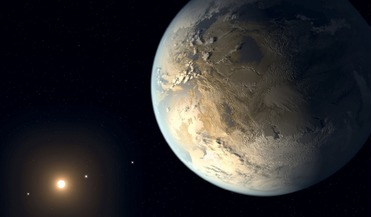 August 2018
Exoplanet census promises radical discoveries
August 2018
Exoplanet census promises radical discoveries
... next decade is out. This would bring us one step closer to understanding whether we are not alone in the cosmos and usher in a new era of astronomy, laying the groundwork for future telescopes designed to characterise Earth-like...
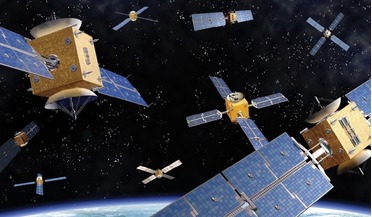 August 2018
Flouting the rules on satellite registrations
August 2018
Flouting the rules on satellite registrations
... from the Baikonur Cosmodrome in September 1997, was accidentally omitted. In February 2009 The Iridium 33 and Cosmos 2251 communications satellites collided over northern Siberia - the first time a hypervelocity collision occurred between two...
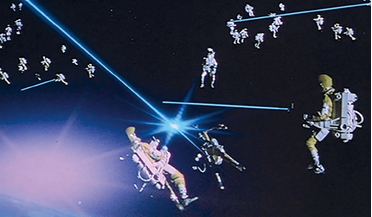 April 2019
Is a military space force justified?
April 2019
Is a military space force justified?
... with danger and increases the possibility that war will be exported from this planet into the cosmos. About the author Attorney Leslie I Tennen has focused on space law for more than 40 years. He is a partner...